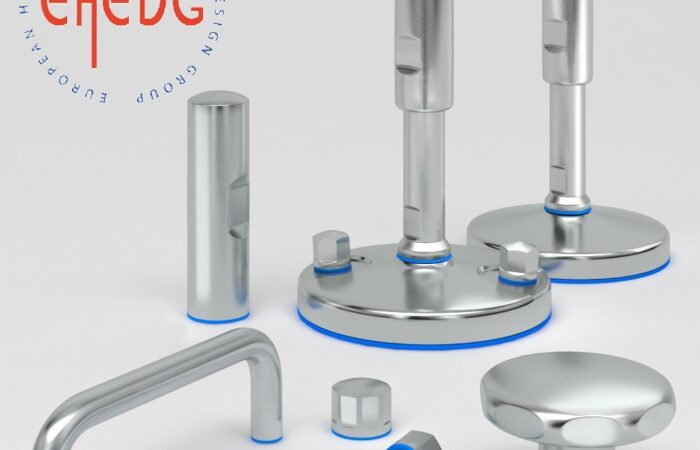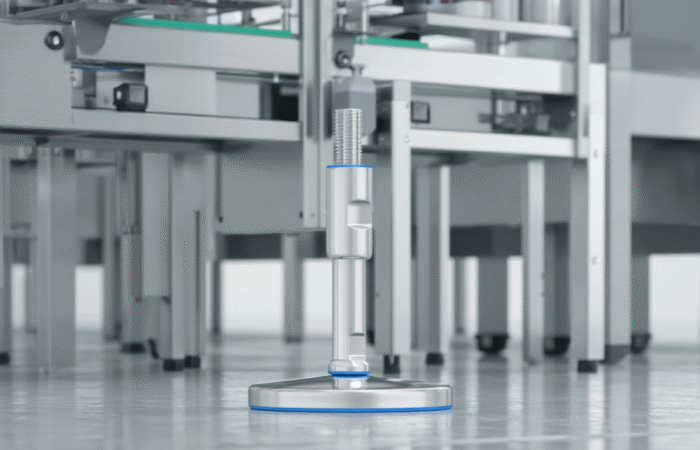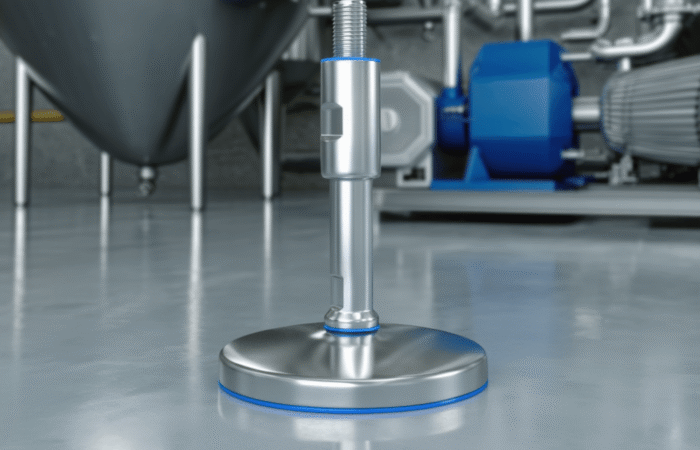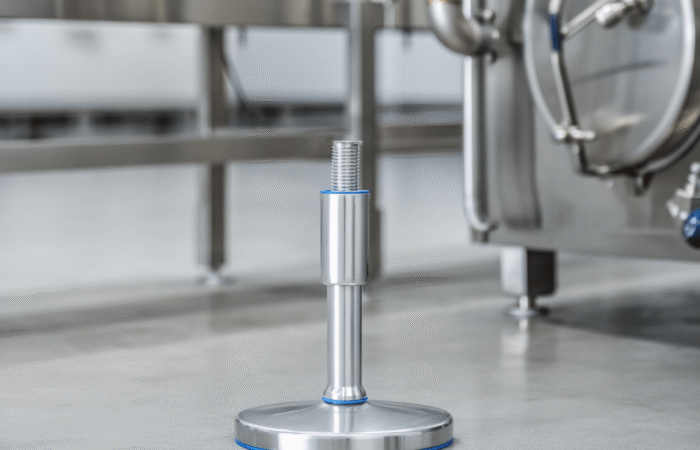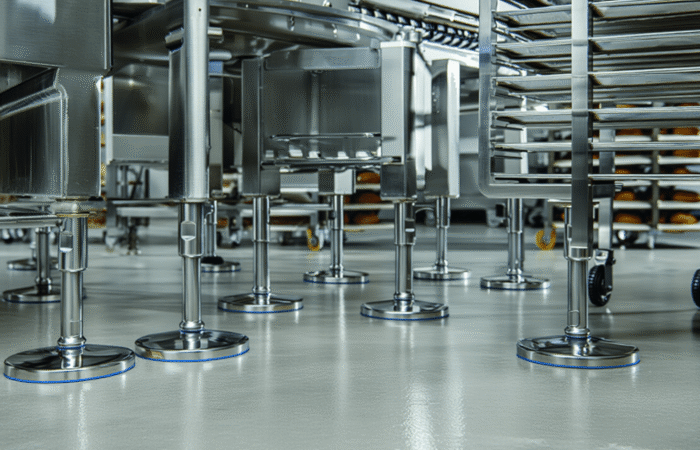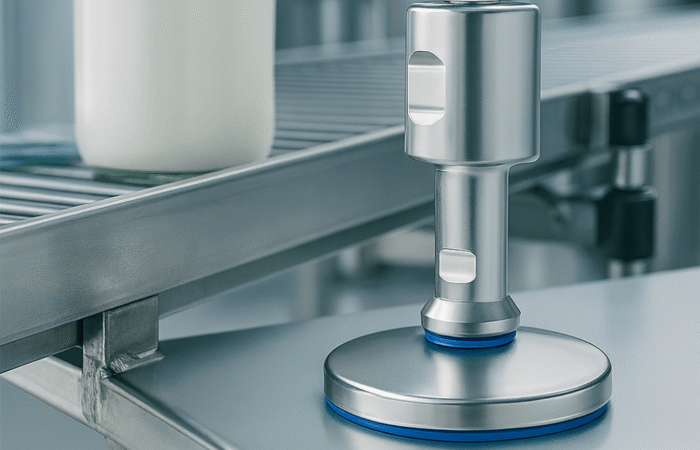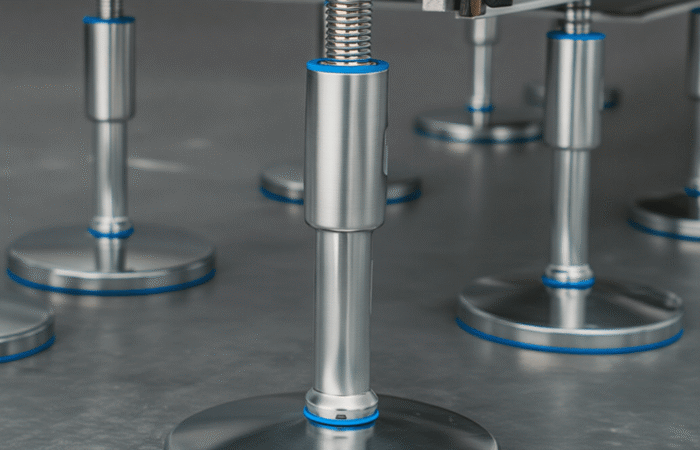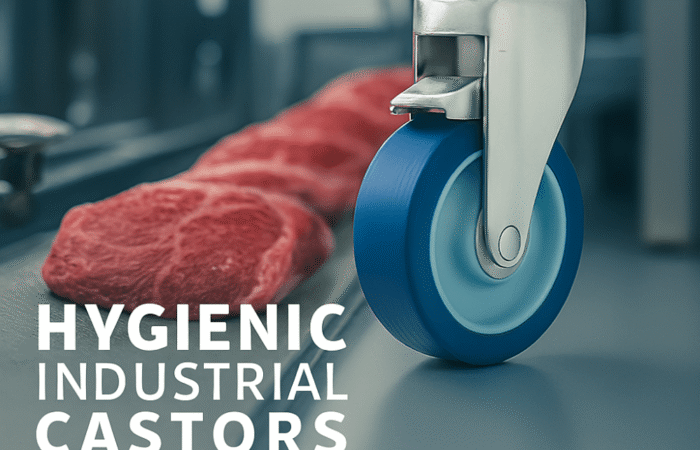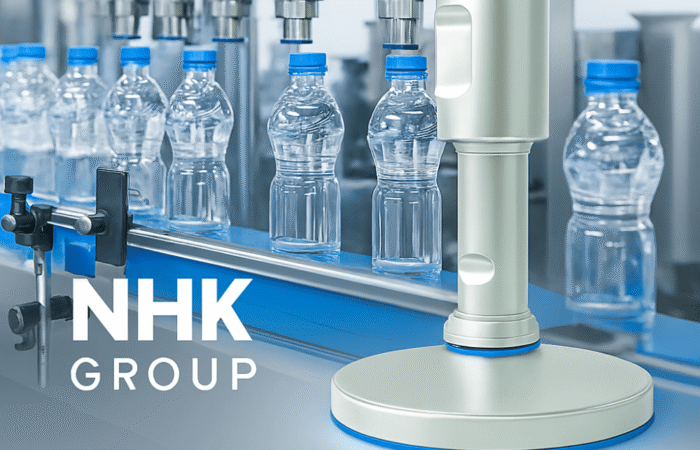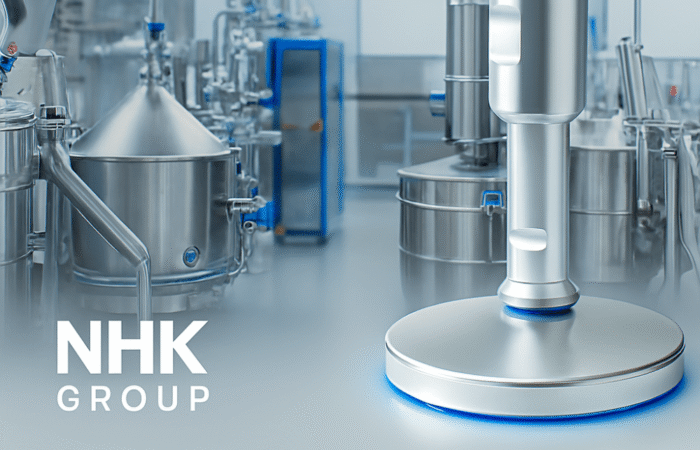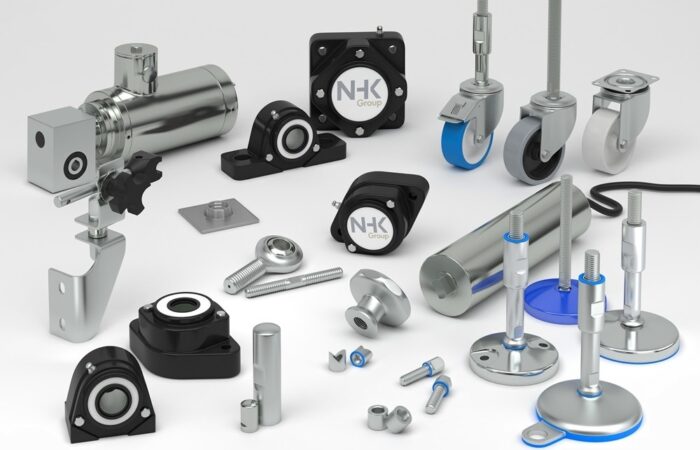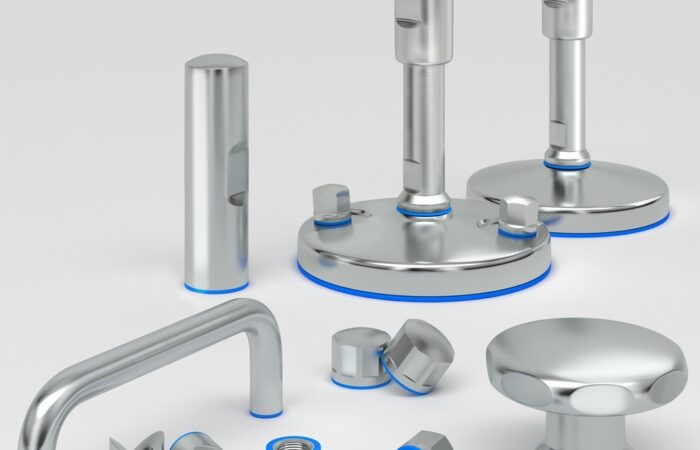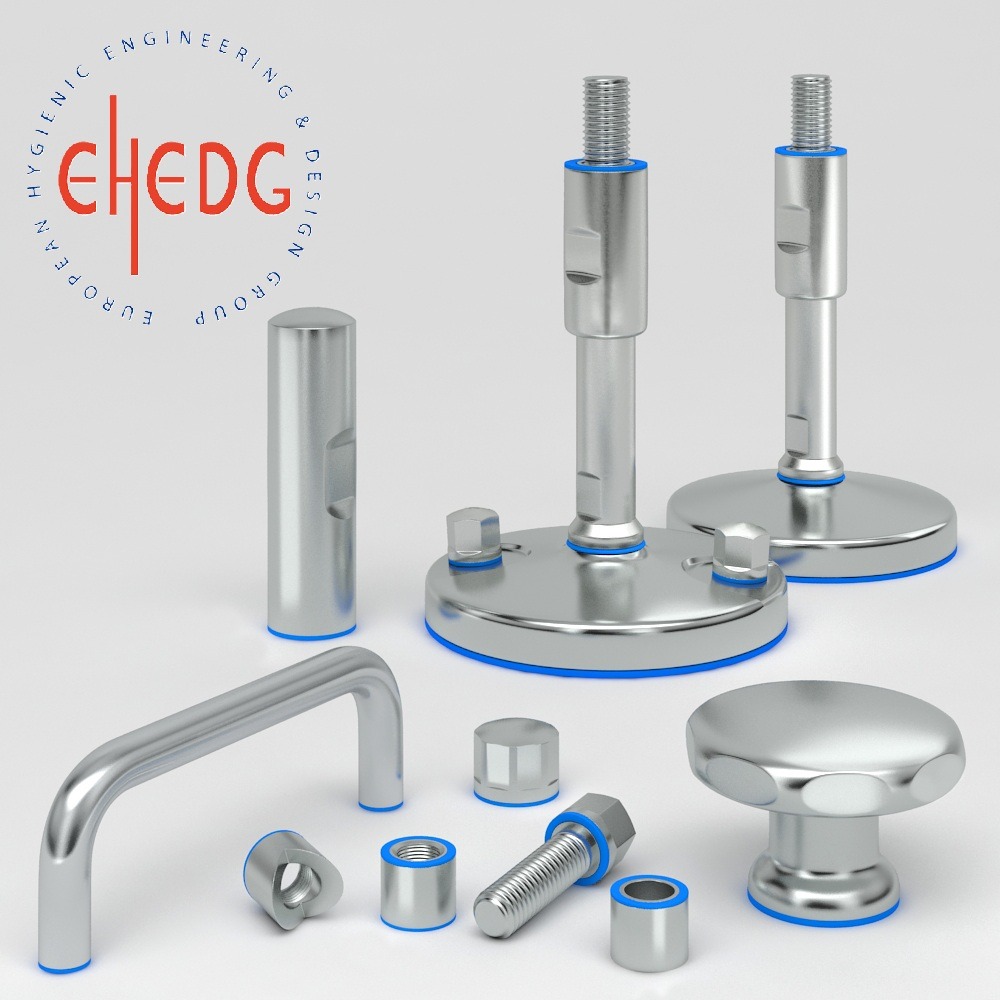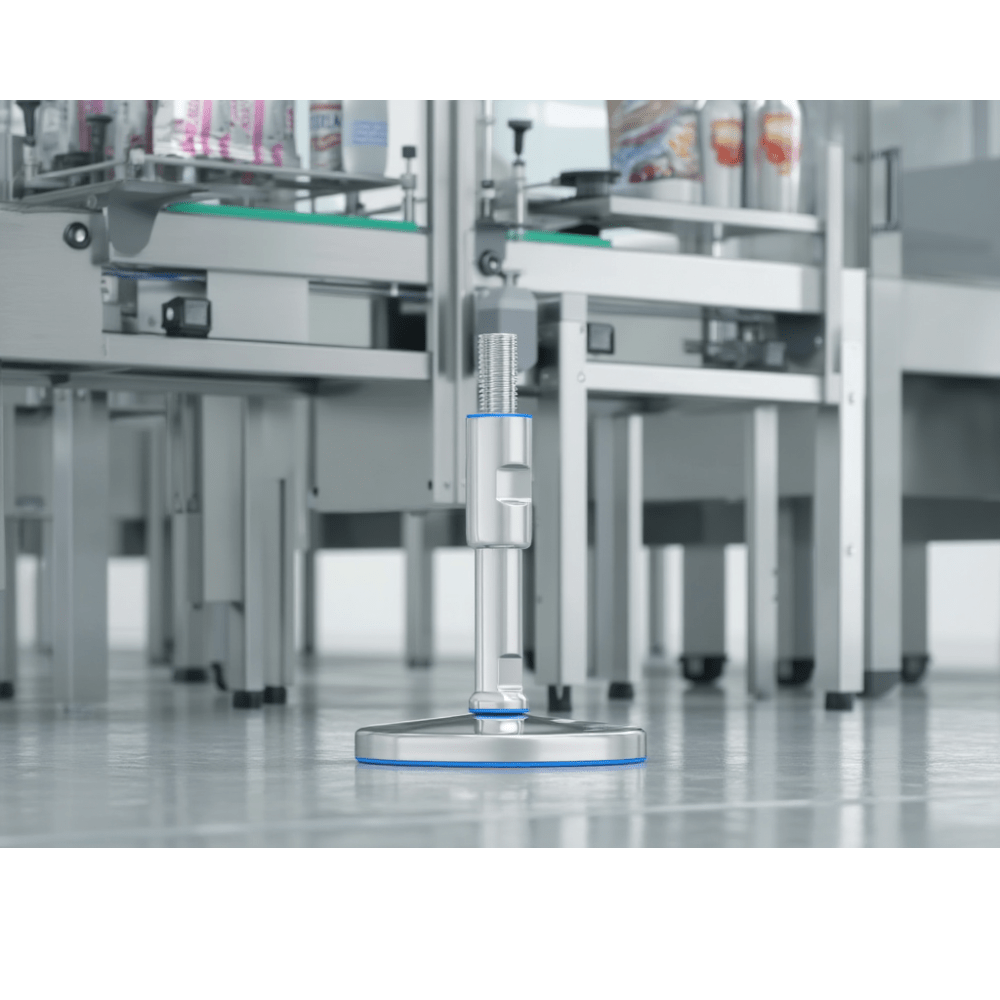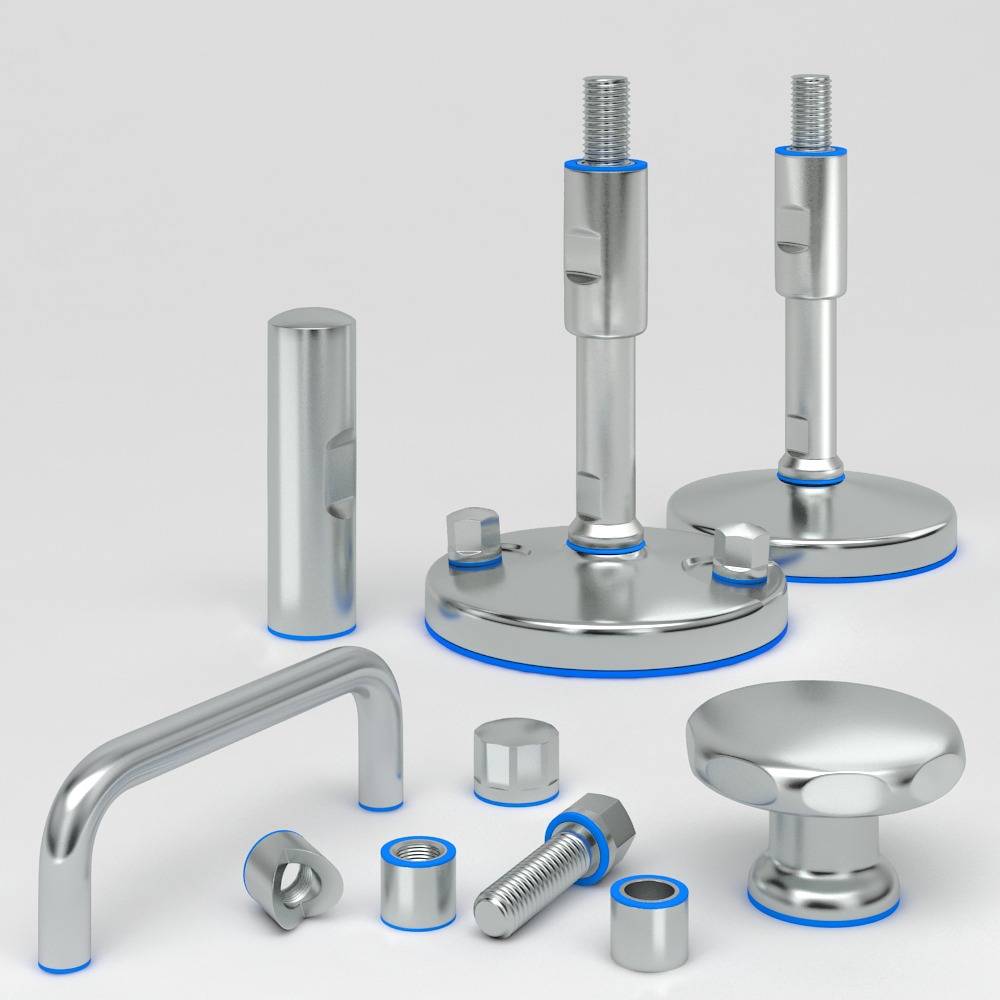
Hygienic and Sanitary Design as a Competitive Advantage
One of the primary benefits of hygienic and sanitary design is the enhanced safety it brings to products and processes. Regulatory bodies such as the FDA and EFSA impose strict guidelines to ensure consumer safety. By adhering to these standards through superior design, companies not only comply with regulations but also reduce the risk of product recalls, which can be costly and damage a brand’s reputation. Key Points: Quality is a cornerstone of customer satisfaction and loyalty. Hygienic design principles help maintain the integrity of products by preventing contamination and degradation. This is particularly crucial in industries where product purity is paramount. Consistently high-quality products enhance brand reputation and can justify premium pricing. Key Points: Investing in hygienic and sanitary design can lead to significant improvements in operational efficiency. Designs that facilitate easy cleaning and maintenance reduce downtime and labor costs. Furthermore, efficient cleaning processes can prolong the lifespan of equipment, leading to lower long-term costs. Key Points: In an era where consumers are increasingly aware of health and safety, demonstrating a commitment to hygienic and sanitary design can significantly enhance customer trust. Brands that prioritize safety and quality tend to foster greater customer loyalty, as consumers feel assured about the safety of their products. Key Points: In saturated markets, differentiation is key. Hygienic and sanitary design can serve as a unique selling proposition (USP). By highlighting this commitment in marketing strategies, companies can attract health-conscious consumers and stand out from competitors who may not prioritize such standards. Key Points: Sustainable and hygienic design often go hand-in-hand. By implementing eco-friendly materials and processes that minimize waste and energy consumption, companies can appeal to environmentally conscious consumers. This dual focus on hygiene and sustainability can enhance a company’s corporate social responsibility (CSR) profile. Key Points: Hygienic and sanitary design is not just a regulatory requirement; it is a strategic advantage that can lead to enhanced product quality, operational efficiency, customer trust, and market differentiation. In industries where safety and cleanliness are paramount, investing in these design principles can yield substantial returns and position a company as a leader in its field. By prioritizing hygienic and sanitary design, businesses not only protect their customers but also build a sustainable, reputable, and competitive brand for the future. Industrial machinery requires precision-engineered components that meet exacting standards for durability, safety, and performance. This comprehensive guide explores the essential machinery parts that drive modern manufacturing across food processing, packaging, and chemical industries. Understanding the difference between Plummer Blocks and Flanged Bearings is crucial for engineers and procurement professionals seeking to optimize equipment longevity. Pillow block bearings, also known as plummer blocks, are self-aligning bearing units that simplify installation and significantly reduce maintenance costs. These versatile components mount on machine frames and support rotating shafts with exceptional precision, ensuring smooth operation in demanding industrial environments. Flange bearing units offer a more compact alternative, featuring integrated flanges that enable direct mounting to flat surfaces without additional hardware. Both designs come in various materials, including stainless steel grades optimized for corrosive environments and food-grade applications where hygiene is paramount. The importance of material selection cannot be overstated in machinery design. 440C Steel and 420 grades offer distinctly different properties suited to specific applications and environmental conditions. The 440 stainless steel variant provides superior hardness and exceptional edge retention, making it ideal for cutting tools and high-wear applications requiring maximum durability. Meanwhile, 420 stainless steel offers better corrosion resistance and is preferred in food processing equipment where chemical exposure is common. Hygienic stainless steel components have become essential in food machinery, meeting EHEDG standards and facilitating rapid equipment cleaning required in modern food production facilities. Understanding ingress protection ratings is equally critical for machinery durability and operational reliability. IP67 rating ensures protection against dust and temporary water immersion, while IP68 rating provides complete dust protection and sustained water immersion capabilities for submerged operations. The IP69K standard represents the highest protection level, specifically designed for high-pressure wash-down environments found in industrial food processing facilities. These ratings define how effectively machinery components withstand environmental challenges and maintain performance. Modern industrial facilities increasingly demand equipment that combines high performance with ease of maintenance and sanitation. The choice between different bearing types depends on operational requirements, environmental conditions, and budget constraints. Proper component selection ensures extended equipment lifespan, reduced downtime, and improved operational efficiency.Is Hygienic and Sanitary Design a Competitive Advantage?
Enhanced Safety and Compliance
Improved Product Quality
Operational Efficiency
Customer Trust and Brand Loyalty
Competitive Differentiation
Environmental Impact
Real-World Examples
Strategic advantage
Prioritizing hygienic and sanitary design
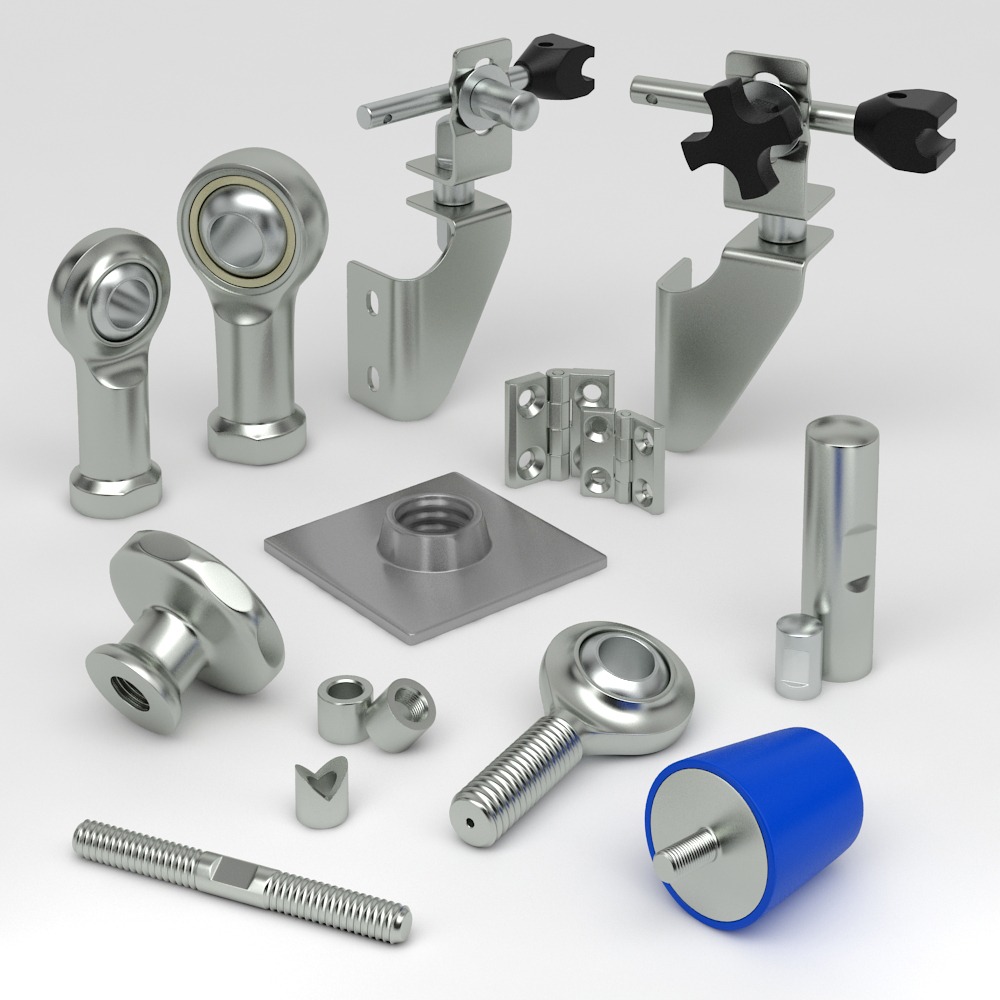
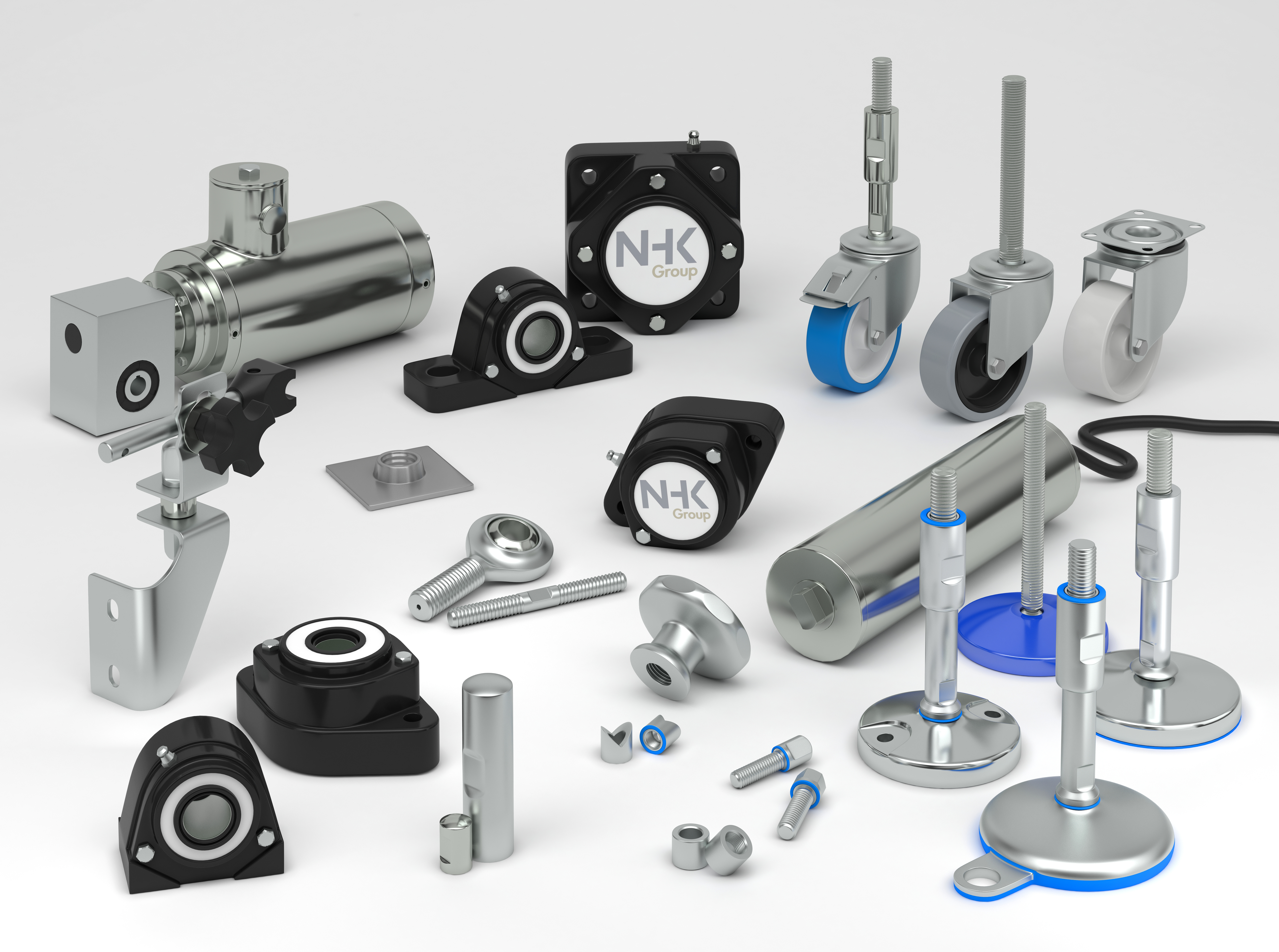
Contact
Understanding Machinery Components & Protection Standards
